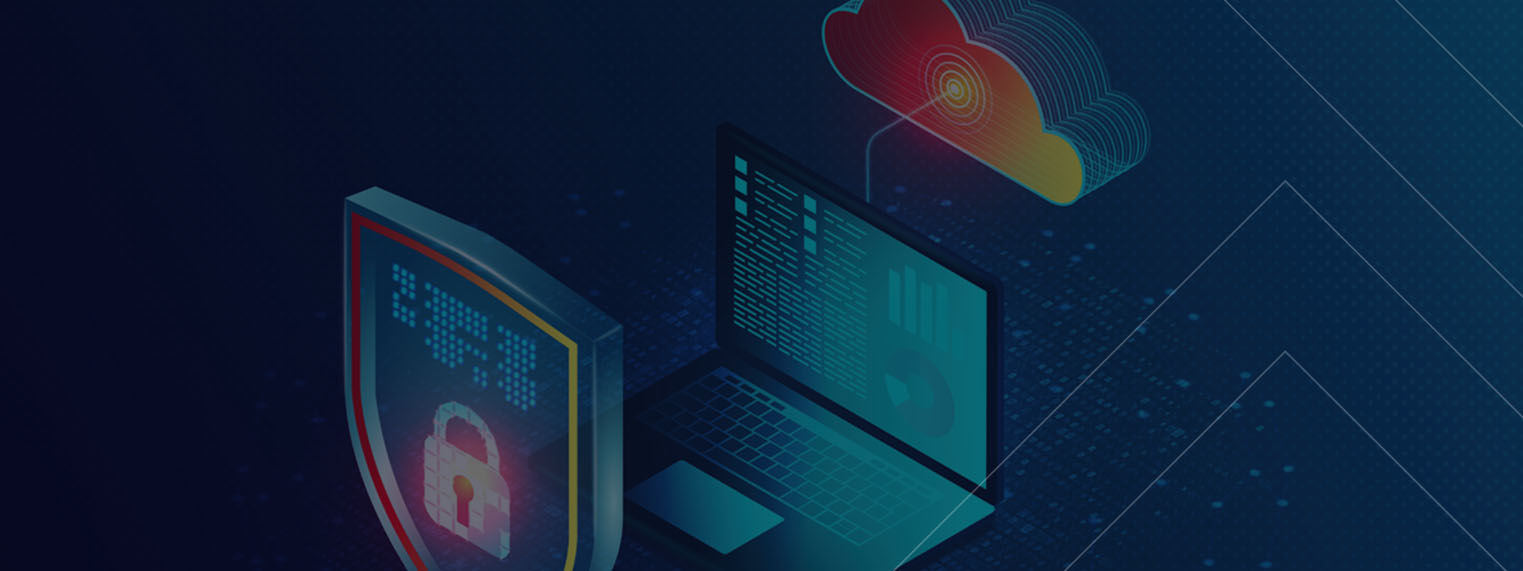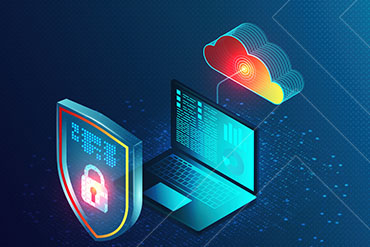
The Evolving Synergy of Cybersecurity and Cloud Computing: Trends, Opportunities, and Challenges
As we venture further into the digital age, the intersection of cybersecurity and cloud computing becomes increasingly pivotal. Both realms are experiencing rapid growth, fueled by technological advancements and the ever-expanding digital landscape. In this comprehensive analysis, we delve into the symbiotic relationship between cybersecurity and cloud computing, exploring key trends, opportunities, challenges, segment nuances, and recent industry developments that are shaping their trajectory.
Trends Driving Market Expansion:
The cybersecurity industry is on a trajectory of robust growth, with the market size projected to soar from USD 190.5 billion in 2023 to USD 208.8 billion by 2024, signifying a year-over-year increase of 9.6%. This growth is propelled by the escalating complexity of cyber threats, necessitating robust cybersecurity measures across organizations worldwide. Concurrently, the global cloud market is also witnessing exponential expansion, slated to surge from USD 626.42 billion in 2023 to USD 727.90 billion by 2024, marking a significant year-over-year growth of 16.2%.
The adoption of artificial intelligence (AI) stands out as a transformative trend shaping both cybersecurity and cloud computing landscapes. AI-driven solutions offer innovative means to combat evolving cyber threats while enhancing the efficiency and scalability of cloud services. However, the proliferation of AI technologies faces challenges, including the soaring demand for specialized hardware like GPUs, surpassing available production capacity.
Katyayan Gupta, lead technology analyst at MarketsandMarkets, said “The rapid expansion of the digital frontier, led by cloud computing, necessitates the integration of sophisticated cybersecurity measures. The evolution towards a perimeter less security model and the strategic adoption of artificial intelligence are pivotal in safeguarding our interconnected digital and physical infrastructures. Such new security approaches and emerging technologies underscore the need for proactive defense and technological advancement.”
Moreover, a paradigm shift towards password less security is underway, fueled by the recognition of passwords' vulnerabilities to hacking techniques such as credential stuffing and phishing attempts. Biometric authentication methods, such as fingerprints, faces, and irises, are emerging as the new frontier in password less security, backed by industry initiatives like the FIDO Alliance's universal standards.
Opportunities in Perimeter less Security and Meta-Cities:
The evolution towards perimeter less security presents fresh prospects for advancing cybersecurity solutions' adoption. Traditional network perimeters are rendered increasingly porous by the proliferation of cloud computing, mobile devices, and remote work. Embracing perimeter-less security models, such as the Zero Trust Model and identity-centric security, enables organizations to prioritize individual devices and data protection over conventional network boundaries.
Simultaneously, the emergence of meta-cities, virtual networks of interconnected urban hubs, underscores the imperative for fortified cybersecurity in urban infrastructure. Meta-cities epitomize the fusion of physical proximity and digital connectivity, necessitating robust cybersecurity measures to safeguard against evolving digital threats.
Vineet Augustine, lead technology analyst at MarketsandMarkets, said “In the relentless pursuit of cyber resilience, 2024 heralds a paradigm shift where AI-driven threat intelligence converges with decentralized security architectures, fortifying our digital ecosystems against emergent threats. As quantum computing looms on the horizon, encryption algorithms evolve, and proactive defense mechanisms redefine the cyber landscape, shaping a future where adaptability and foresight are the keystones of cyber defense."
Challenges on the Horizon:
Despite the promising growth prospects, the cybersecurity and cloud computing industries confront formidable challenges. Addressing the complexity of sophisticated cyber threats remains a paramount concern, with cybercriminals perpetually devising new strategies to target mobile devices and exploit vulnerabilities. Deploying and implementing cybersecurity solutions pose significant design and execution hurdles, compelling organizations to overhaul their security infrastructures and network models.
Moreover, stringent data regulations, such as GDPR and CCPA, present compliance challenges for cloud service providers, necessitating adaptation to diverse regulatory frameworks. Additionally, the fast-paced evolution of cloud technologies, including serverless computing and edge computing, demands continuous learning and adaptation from organizations.
Efficiently managing cloud resources and controlling costs emerge as persistent challenges, driving the adoption of cloud FinOps solutions to optimize expenditure.
Segment Nuances and Recent Developments:
In the cybersecurity landscape, the log management SIEM solution segment exhibits the highest year-over-year increase, underscoring the critical role of Security Information and Event Management (SIEM) in fortifying organizational security postures. Concurrently, the healthcare vertical emerges as a prime target for cybercriminals, accentuating the pressing need for robust cybersecurity measures in the healthcare sector.
In the cloud industry, Software-as-a-Service (SaaS) retains its dominance, while Infrastructure-as-a-Service (IaaS) and Platform-as-a-Service (PaaS) witness rapid year-over-year growth rates. The emergence of industry-specific clouds tailored to verticals like healthcare and finance heralds a new era of customized cloud solutions.
Recent industry developments, such as strategic partnerships between tech giants like Microsoft and Vodafone to deliver cloud and AI services, underscore the collaborative efforts driving innovation in both cybersecurity and cloud computing domains. Moreover, acquisitions and mergers, such as Thales' acquisition of Imperva and DigitalOcean's acquisition of Paperspace, highlight the industry's consolidation and pursuit of synergistic capabilities.
80% of the Forbes Global 2000 B2B companies rely on MarketsandMarkets to identify growth opportunities in emerging technologies and use cases that will have a positive revenue impact.
- Leading Automated Guided Vehicle Companies 2024: An In-depth Analysis
- CHARGED UP: SHIFT TO E-MOBILITY AND THE EVOLUTION OF TRANSPORTATION
- Global Automotive Market: Predictions For 2024
- Revolutionizing Depot Charging: Hockey Stick Growth on the Cards
- The Future of Silicon Battery Industry: Innovations and Market Outlook
In conclusion, the symbiotic relationship between cybersecurity and cloud computing manifests as a dynamic landscape of evolving trends, abundant opportunities, and formidable challenges. As organizations navigate this terrain, strategic investments in innovative solutions, robust cybersecurity measures, and adaptive cloud strategies will be paramount in harnessing the full potential of the digital era.

- Cloud Computing Market by Service Model (IaaS, PaaS, SaaS), Deployment Model(Public Cloud, Private Cloud, Hybrid Cloud), Organization Size, Vertical (BFSI, Telecommunications, Manufacturing, Retail & Consumer Goods) and Region - Global Forecast to 2028
- Cybersecurity Market by Offering, Solution Type, Services (Professional and Managed), Deployment Mode (On-Premises Cloud, and Hybrid), Organization Size (large enterprises and SMEs), Security Type, Vertical and Region - Global Forecast to 2028

